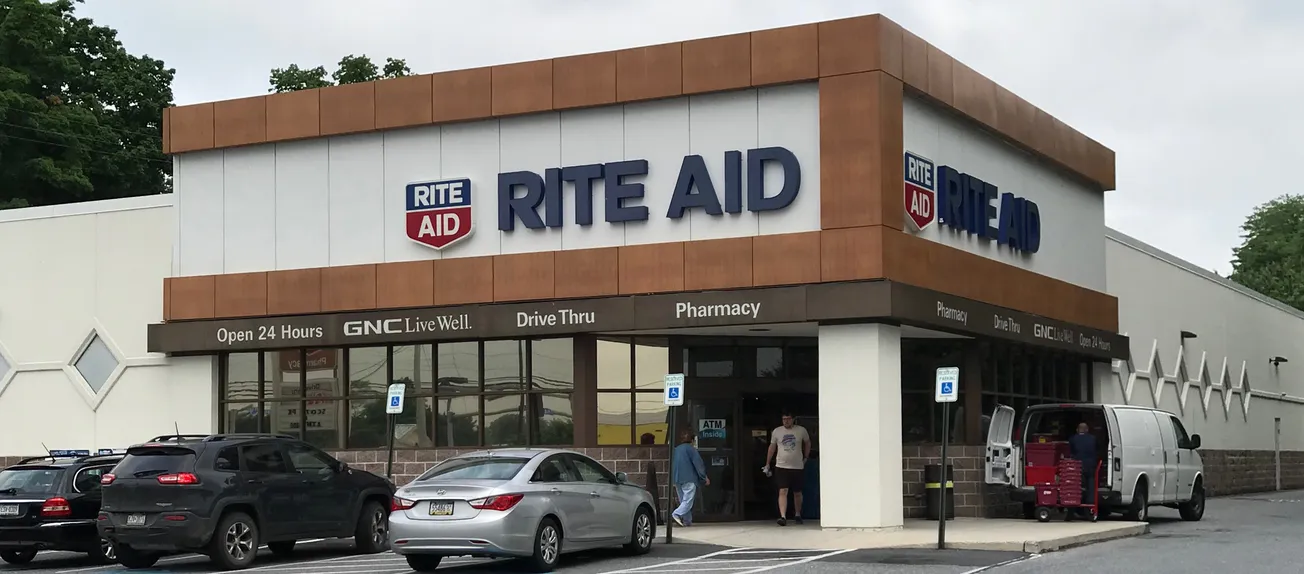CAMP HILL, Pa. — Rite Aid’s second quarter earnings beat analysts’ forecasts, but overall and same-store sales fell short of projections.

Heyward Donigan
Under new chief executive officer Heyward Donigan the chain reported adjusted earnings per share of 12 cents, well ahead of Wall Street’s expectation of 7 cents. But the retailer’s revenue of $5.37 billion missed the projection of $5.41 billion.
For the three months ended August 31, Rite Aid posted a net loss from continuing operations of $78.7 million or $1.48 per share, improving on the year-ago period’s net loss of $352.3 million or $6.67 per share. Adjusted EBITDA was $134.2 million, or 2.5% of revenues, down $14.4 million from $148.6 million or 2.7% of revenues last year.
The company maintained its full-year revenue guidance of between $21.5 billion and $21.9 billion while reducing its projected loss to $235 million to $275 million. It had earlier forecast a net loss of $170 million to $220 million.
“After my first few weeks as CEO, I’m optimistic about our future because I believe in the Rite Aid brand and the opportunity we have to deliver innovative experiences as a health and wellness destination, even as we recognize the challenges ahead,” said Donigan. “I’m also encouraged by the market opportunities for EnvisionRxOptions as health plans and employers rethink their pharmacy services partnerships. In talking with many associates during my first 45 days, we know there is important work in front of us, and we are acting with urgency to finalize a strategic plan that positions our company to meet its full potential. We look forward to sharing the key elements of this plan in the coming months.”
“As we continue these efforts, I’d like to thank our Rite Aid team for their hard work during the second quarter,” Donigan added. “Our adjusted EBITDA results exceeded our plan driven by prescription count growth and strong expense control. This gives us important momentum for our future, and I look forward to working closely with our team to deliver a solid finish to our fiscal year and position Rite Aid as an innovative leader in our industry.”
Second quarter Retail Pharmacy Segment revenues were $3.85 billion , down 1.6% from last year due to a reduction in store count, partially offset by an increase in same-store sales. Revenues in the Pharmacy Services Segment were $1.58 billion, up 1.1% due to an increase in Medicare Part D revenue.
Revenues in the Pharmacy Services Segment were $1.58 billion, up 1.1% due to an increase in Medicare Part D revenue.
Retail Pharmacy Segment same store sales from continuing operations for the second quarter increased 0.4% , consisting of a 1.5% increase in pharmacy sales and a 1.8% decrease in front-end sales. Front-end same store sales, excluding cigarettes and tobacco products, decreased 0.6%. Pharmacy sales were negatively impacted by approximately 276 basis points as a result of new generic introductions. The number of prescriptions filled in same stores, adjusted to 30-day equivalents, increased 2.7%, primarily as a result of the company’s continued emphasis on driving clinical services. Prescription sales from continuing operations accounted for 67.2% of total store sales.
The decrease in net loss was due primarily to $282.6 million of goodwill and intangible asset impairment charges, net of tax, in the prior year period and a reduction in lease termination and impairment charges. These items were partially offset by higher restructuring-related costs, higher income tax expense and a decrease in adjusted EBITDA.
The Retail Pharmacy Segment adjusted EBITDA decreased $10.9 million due primarily to weaker front end gross profit, resulting from the decline in front end same-store sales, and a reduction in Transition Service Agreement fee income from Walgreens Boots Alliance. These items were partially offset by lower salaries and benefit expense related to the company’s recent corporate restructuring and strong labor and expense control at the stores. The Pharmacy Services Segment Adjusted EBITDA benefited from improvements in pharmacy network performance but decreased $3.4 million due to operating investments to support current year and future growth.
In the second quarter, the company remodeled 24 stores and relocated one store, bringing the total number of wellness stores chainwide to 1,805. Additionally, the company closed 2 stores, resulting in a total store count of 2,464 at the end of the second quarter.
For the full year, same-store sales growth is expected to range from flat to 1%. Adjusted EBITDA is expected to be between $510 million and $550 million. The full-year outlook assumes continued prescription count growth, improvements in generic drug costs and strong SG&A expense control, offset by a decline in prescription reimbursement rates. The fiscal 2020 guidance also assumes continued improvements in pharmacy network performance in the Pharmacy Services Segment.
Adjusted net income per share is expected to be between zero and 56 cents. Capital expenditures are expected to be approximately $250 million.









